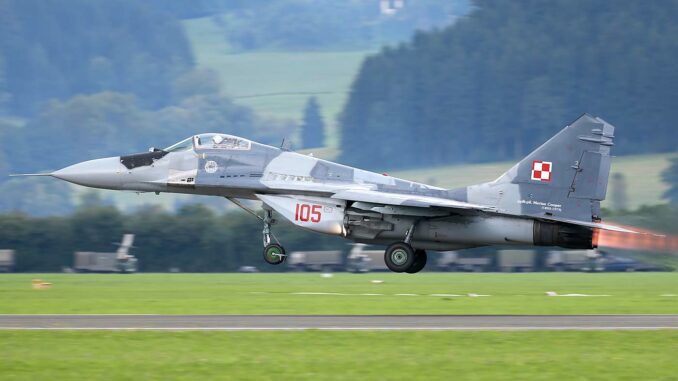
Find out why knowing the hourly operating cost of fighter aircraft is crucial. Technical analysis and costs of the F-16, F-35, Rafale, and more.
What’s the point of knowing how much it costs to operate a fighter jet per hour?
Knowing the hourly cost of operating fighter aircraft is essential for several reasons. It enables armed forces to manage their budgets effectively and make informed decisions on aircraft acquisition and maintenance. These costs have a direct impact on mission planning, pilot training and the long-term strategy for maintaining an operational fleet. In a context where military budgets are often under pressure, this information is crucial for optimising operations while keeping expenditure under control.
McDonnell Douglas F-4 Phantom II
The McDonnell Douglas F-4 Phantom II is an iconic fighter aircraft, designed in the 1950s for the US Navy. Versatile, it was used as an interceptor, ground attack and reconnaissance aircraft. With a top speed of Mach 2.23, it was powered by two General Electric J79 engines, enabling it to reach an altitude of 18,000 metres. During the Vietnam War, it demonstrated its ability to adapt to a variety of roles, becoming a mainstay in many air forces around the world. However, this versatility came at a cost: operating the F-4 cost around €10,000 ($11,000) per hour, a high figure for the time, justified by its complex maintenance and fuel requirements.
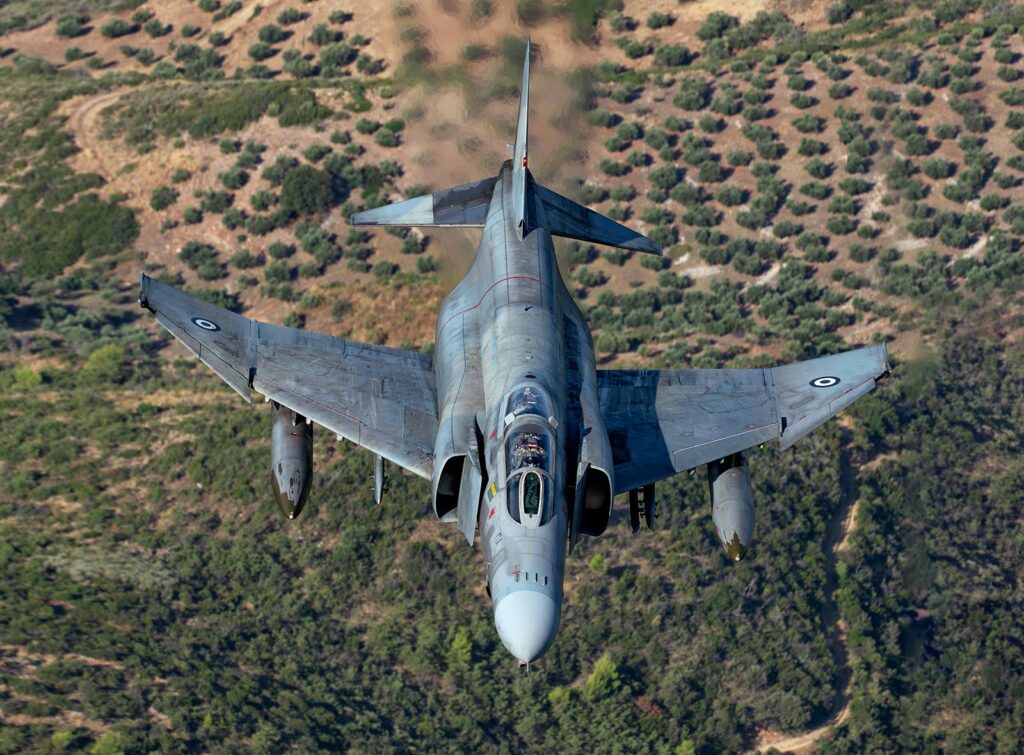
Mikoyan-Gurevich MiG-21
The Mikoyan-Gurevich MiG-21, first produced in 1959, is one of the world’s most prolific fighters, with over 11,000 units produced. This supersonic jet, designed to be both simple and efficient, has seen service in more than 50 countries. With a speed of Mach 2.05 and a ceiling of 17,500 metres, the MiG-21 was mainly used for air defence and has seen many versions modernised over the decades. Its operational cost remains relatively low for a fighter aircraft, at around €4,000 (US$4,500) per hour, thanks to its mechanical simplicity and ease of maintenance.
General Dynamics F-16 Fighting Falcon
The F-16 Fighting Falcon is a multi-role fighter developed in the 1970s to provide an affordable solution for air forces. Known for its manoeuvrability and combat performance, the F-16 is still in service today in many countries. It can reach a maximum speed of Mach 2 and has a range of 3,200 km with external fuel tanks. The operating cost of the F-16 is around €25,000 ($27,000) per hour, a figure that reflects its complexity and the demands of modern maintenance, although it remains lower than that of more recent fighters such as the F-35.
Boeing F/A-18 Hornet
The Boeing F/A-18 Hornet is a multi-role fighter developed for the US Navy in the 1980s. Designed as an air attack and air defence aircraft, it is capable of operating from aircraft carriers. With a maximum speed of Mach 1.8 and a payload capacity of over 7,000 kg, the F/A-18 has proved its reliability on a variety of missions. The operating cost of the F/A-18 is approximately €28,000 (USD30,400) per hour, a cost partly due to its maintenance requirements to operate in harsh maritime environments.
Sukhoi Su-27
The Sukhoi Su-27, designed by the Soviet Union, is an air superiority fighter introduced in the 1980s. With a top speed of Mach 2.35 and a range of 3,530 km, the Su-27 was designed to counter American fighters such as the F-15. It was the forerunner of several derivatives, including the Su-30 and Su-35. The operational cost of the Su-27 is estimated at €11,000 (USD 12,000) per hour, a moderate cost for an aircraft of this size, mainly due to its high-performance engines and technical maintenance.
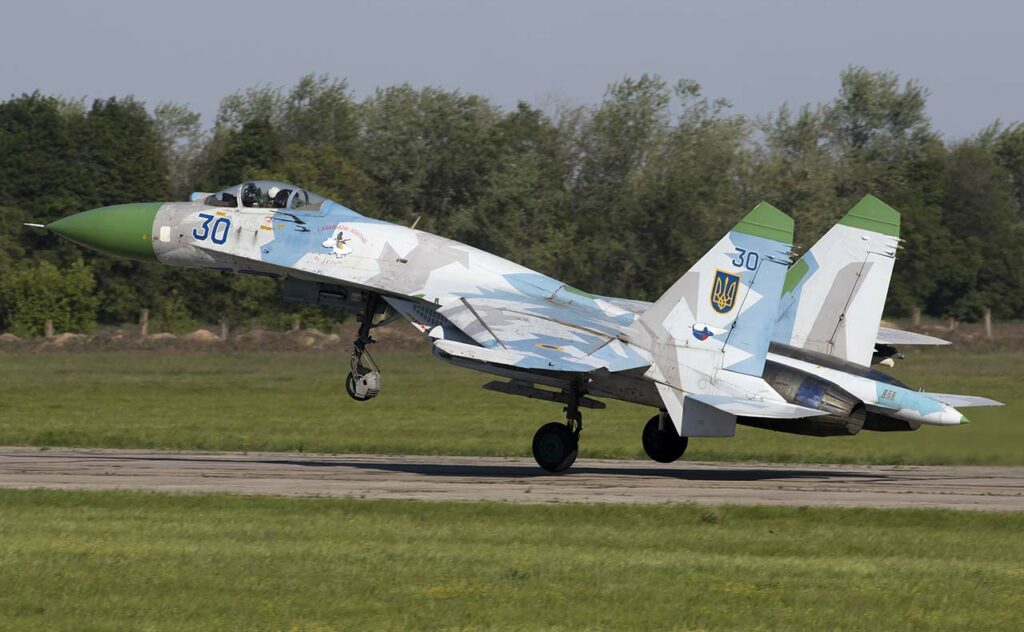
Eurofighter Typhoon
The Eurofighter Typhoon is a multi-role fighter developed jointly by several European countries. Introduced into service in 2003, it features advanced avionics and partial stealth capabilities. The Typhoon can reach a speed of Mach 2 and an altitude of 19,800 metres. Its operating cost of around €60,000 (USD 65,000) per hour is one of the highest, reflecting its advanced technology and sophisticated maintenance costs.
Lockheed Martin F-22 Raptor
The F-22 Raptor is the first fifth-generation fighter introduced by the United States, with advanced stealth capabilities. Entering service in 2005, the Raptor can reach Mach 2.25 and an altitude of 20,000 metres. Its sophisticated systems and complex maintenance make the F-22 one of the most expensive aircraft to operate, costing around €80,000 ($85,000) per hour.
Dassault Rafale
The Dassault Rafale is a multi-role fighter aircraft designed to meet the needs of the French air force and navy. Capable of operating in air-to-air, air-to-ground and reconnaissance missions, it reaches a maximum speed of Mach 1.8. The Rafale is appreciated for its flexibility and its relatively reasonable operational cost, around €17,000 ($18,000) per hour, given its advanced capabilities.
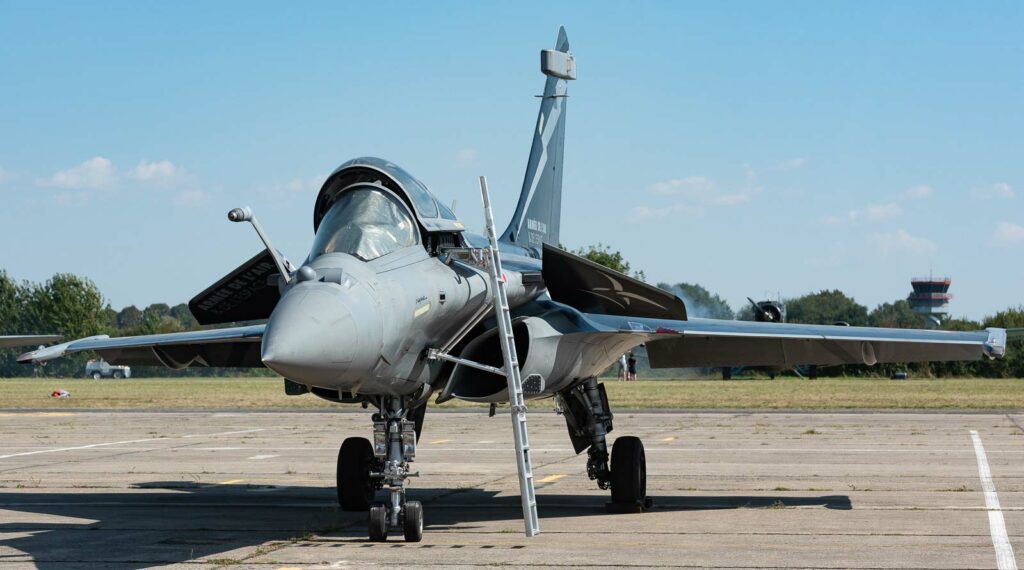
Chengdu J-10
The Chengdu J-10 is a fourth-generation multi-role fighter designed by China. Introduced in the 2000s, it was developed to modernise the Chinese air fleet with an air attack and air defence capability. The J-10 can reach Mach 2.0 and has a ceiling of 18,000 metres. Its operating cost is around €8,000 (US$8,500) per hour, making it a competitive option for air forces.
Lockheed Martin F-35 Lightning II
The F-35 Lightning II is a fifth-generation stealth multi-role fighter developed as part of an international programme. With versions tailored for the Air Force, Navy and Marine Corps, the F-35 incorporates state-of-the-art sensor and stealth technology. The cost of operating the F-35 is very high, around €40,000 ($42,000) per hour, due to the complexity of its systems and the challenges associated with its maintenance.
BAE Systems Hawk
The BAE Systems Hawk is a British trainer aircraft used by many air forces around the world. Developed in the 1970s, it is mainly used for pilot training on more advanced aircraft such as the Tornado and Typhoon. With a maximum speed of 1,028 km/h and a range of 2,520 km, the Hawk is designed to be an efficient and economical trainer. The Hawk’s operating cost is approximately €3,500 (USD3,800) per hour, making it affordable for air forces wishing to train their pilots without compromising resources.
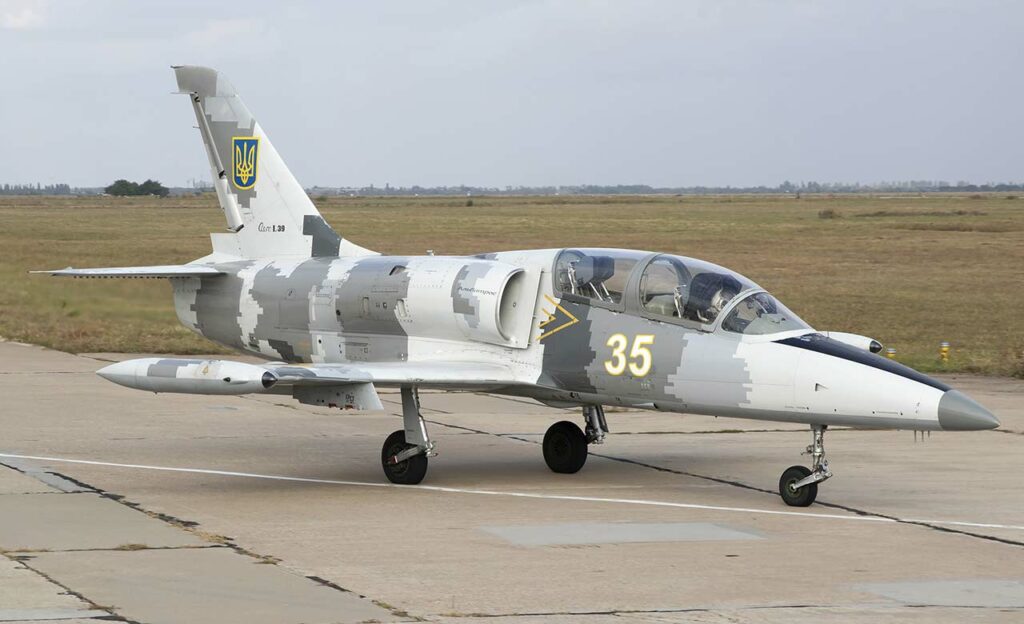
Aero L-39 Albatros
The Aero L-39 Albatros is a Czech trainer developed in the late 1960s to replace the L-29 Delfin. Designed to be robust and easy to maintain, the L-39 became one of the most widely used trainer aircraft in Eastern Bloc countries. It can reach a maximum speed of 750 km/h and has a range of 1,100 km. The operating cost of the L-39 is relatively low, at around €2,500 (US$2,700) per hour, making it a popular choice for air forces with tighter budgets.
Northrop T-38 Talon
The Northrop T-38 Talon is the world’s first supersonic trainer aircraft, introduced in the 1960s to train US military pilots. Capable of reaching a maximum speed of Mach 1.3, it is used to prepare pilots for more advanced fighter aircraft such as the F-15 and F-16. The T-38 has an operating cost of around €5,000 ($5,400) per hour, a cost justified by its speed and supersonic capabilities, while being more economical than some more recent trainer aircraft.
Boeing/Saab T-7A Red Hawk
The Boeing/Saab T-7A Red Hawk** is a new-generation trainer aircraft, developed to replace the old T-38 Talon in the US Air Force. Designed with modern technology, it offers advanced training for future fighter pilots. Although the T-7A is still relatively new, its operating costs are estimated at around €7,000 ($7,500) per hour, largely due to its sophisticated design and modern avionics systems.
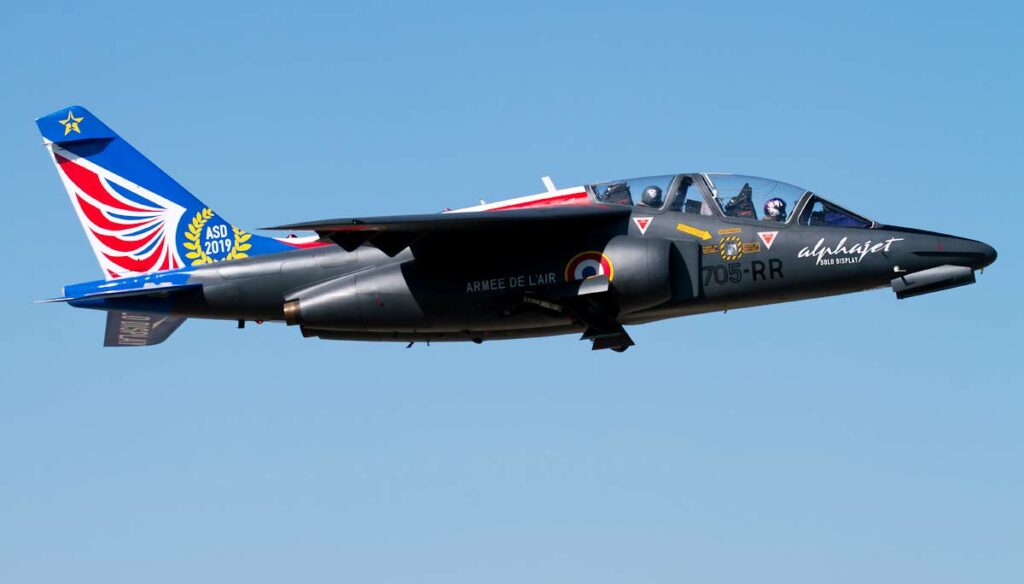
Dassault/Dornier Alpha Jet
The Dassault/Dornier Alpha Jet is a Franco-German light attack and training aircraft developed in the 1970s. Used by several air forces for pilot training as well as reconnaissance and ground attack missions, the Alpha Jet can reach a speed of Mach 0.86. Its operating cost is around €4,500 (US$4,800) per hour, making it competitive for training missions and light operations.
KAI T-50 Golden Eagle
The KAI T-50 Golden Eagle is a supersonic trainer developed by South Korea in collaboration with Lockheed Martin. Designed to train pilots on modern fighter aircraft, the T-50 can reach a maximum speed of Mach 1.5. It is also capable of carrying out light combat missions. The operating cost of the T-50 is around €12,000 ($13,000) per hour, reflecting its status as an advanced trainer aircraft with capabilities close to those of operational fighters.
Mikoyan-Gurevich MiG-29
The Mikoyan-Gurevich MiG-29 is a fourth-generation fighter developed by the Soviet Union in the 1970s. Known for its exceptional manoeuvrability, it can reach a speed of Mach 2.25 and a ceiling of 18,000 metres. The MiG-29 has been widely exported and is still in service in many countries. Its operating cost is around €11,000 (USD 12,000) per hour, a moderate cost for a fighter with such manoeuvring and combat capabilities.
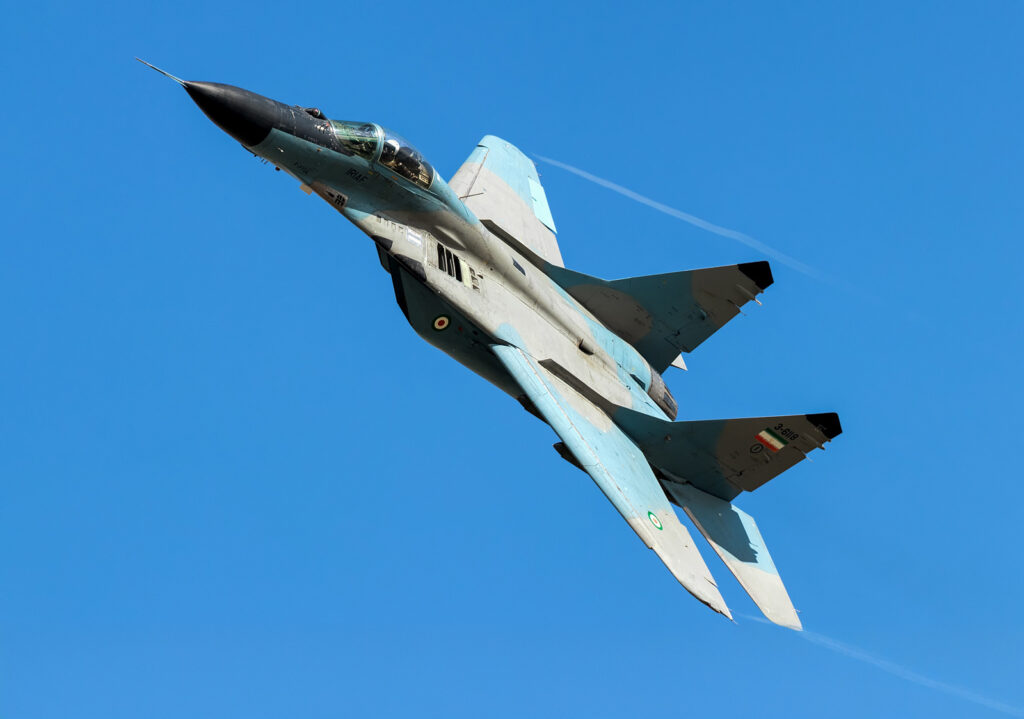
Saab JAS 39 Gripen
The Saab JAS 39 Gripen is a multi-role fighter developed by Sweden in the 1990s. Designed to be agile, affordable and easy to maintain, Gripen is used by several countries in Europe and elsewhere. It can reach a maximum speed of Mach 2 and an altitude of 15,240 metres. Gripen is renowned for its low operating costs of around €7,000 ($7,500) per hour, making it one of the most cost-effective fighters in Western air forces.
Sukhoi Su-35
The Sukhoi Su-35 is an upgraded version of the Su-27, introduced in the 2000s. This air superiority fighter is equipped with vectored thrust engines, giving it exceptional manoeuvrability. The Su-35 can reach Mach 2.25 and has a range of 3,600 km. The operating cost of the Su-35 is estimated at around €14,000 (USD 15,000) per hour, a cost that reflects its advanced capabilities and sophisticated systems.
Aermacchi MB-339
The Aermacchi MB-339 is an Italian trainer aircraft developed in the 1970s. Used by several air forces, it is also famous for being the aircraft of the Italian acrobatic patrol, the Frecce Tricolori. The MB-339 has a maximum speed of 898 km/h and a range of 1,690 km. Its operating cost is around €3,000 (US$3,200) per hour, making it highly competitive for training missions and aerial demonstrations.
These analyses show the diversity of operating costs depending on the capabilities and roles of the different aircraft. Air forces must constantly evaluate these costs to maintain an efficient fleet while respecting their budgetary constraints.
War Wings Daily is an independant magazine.